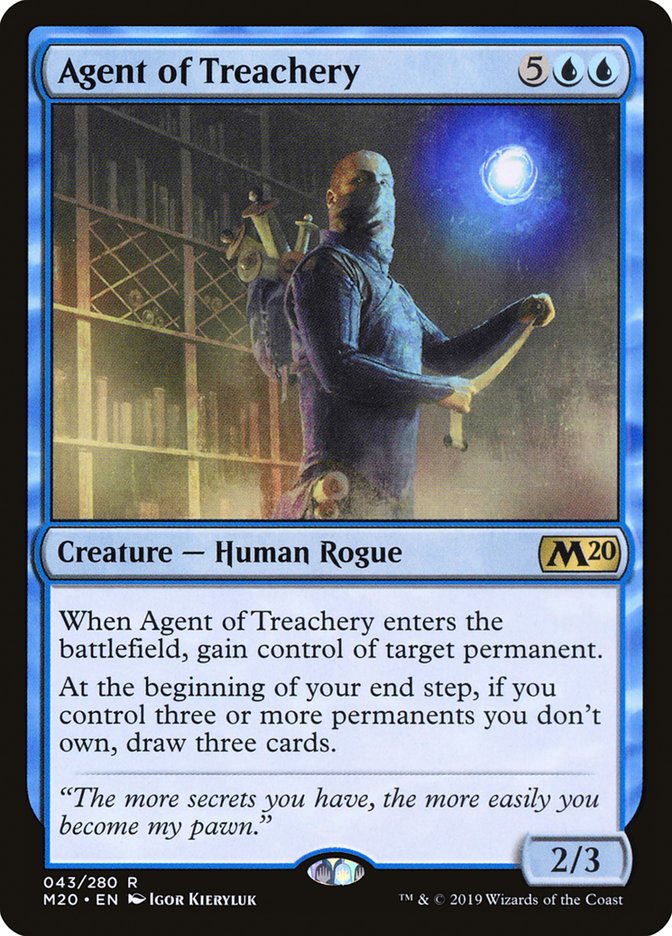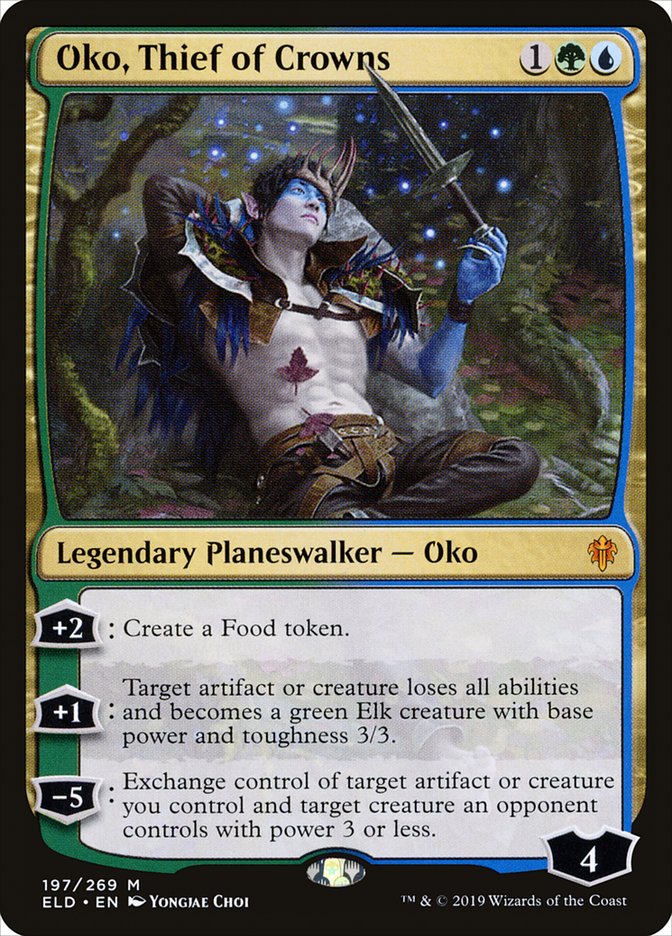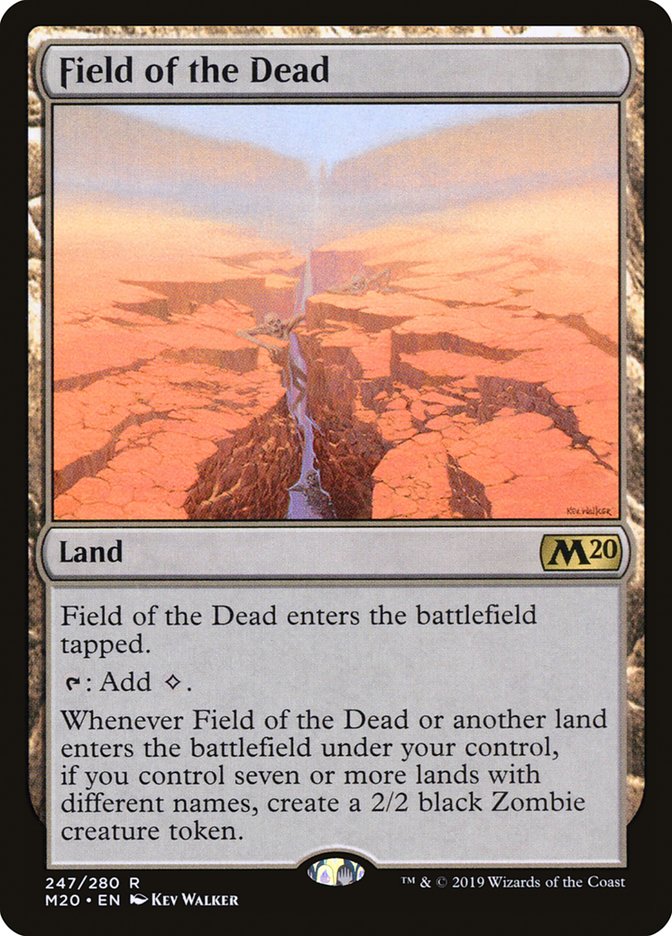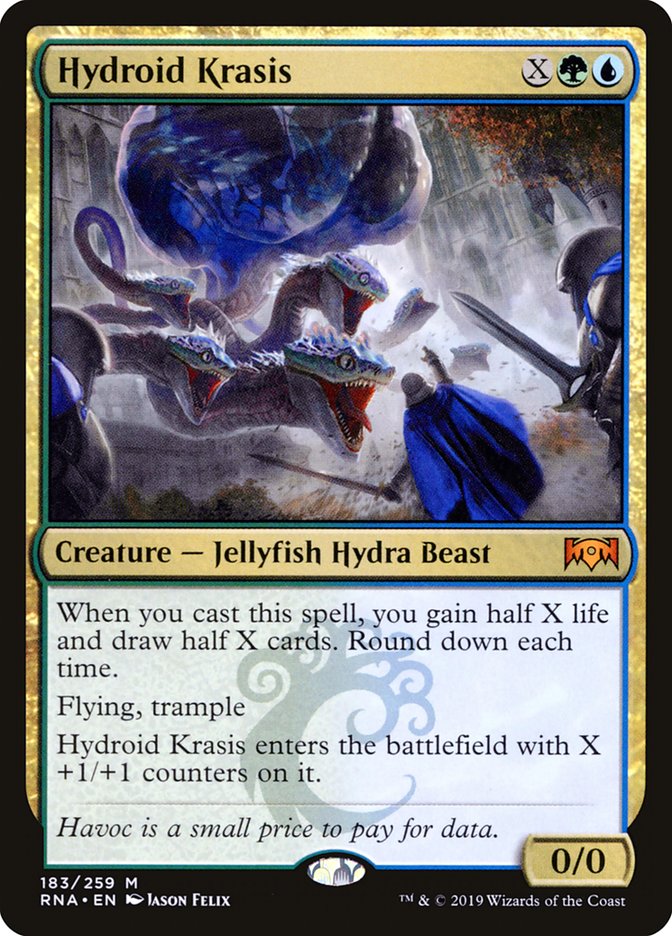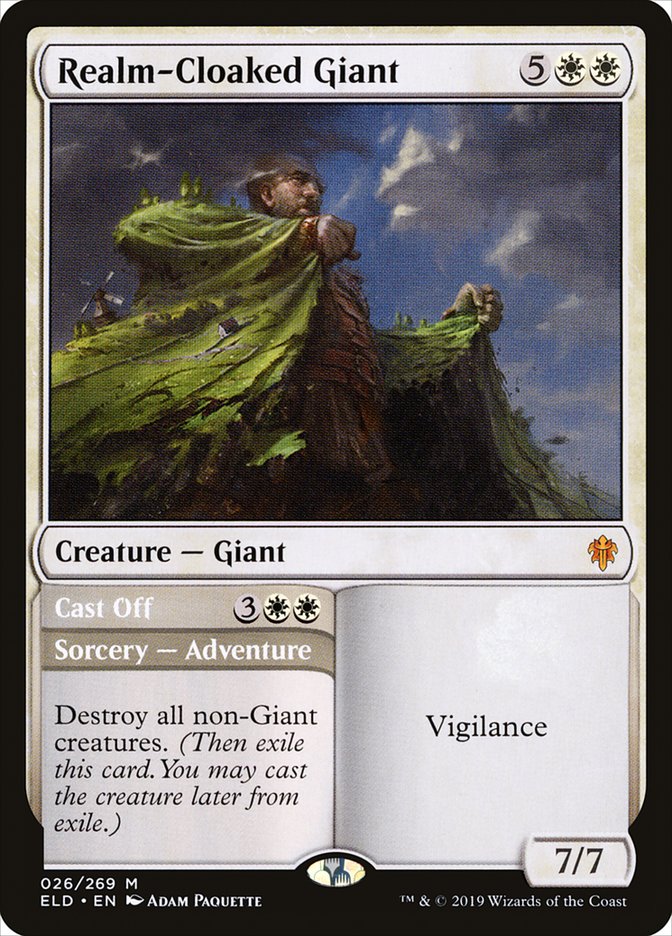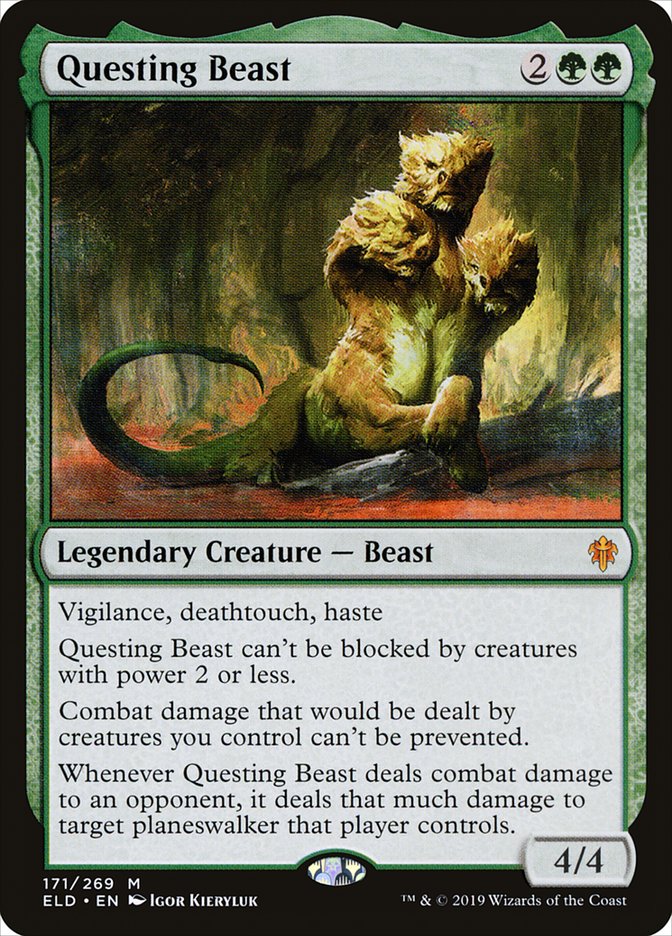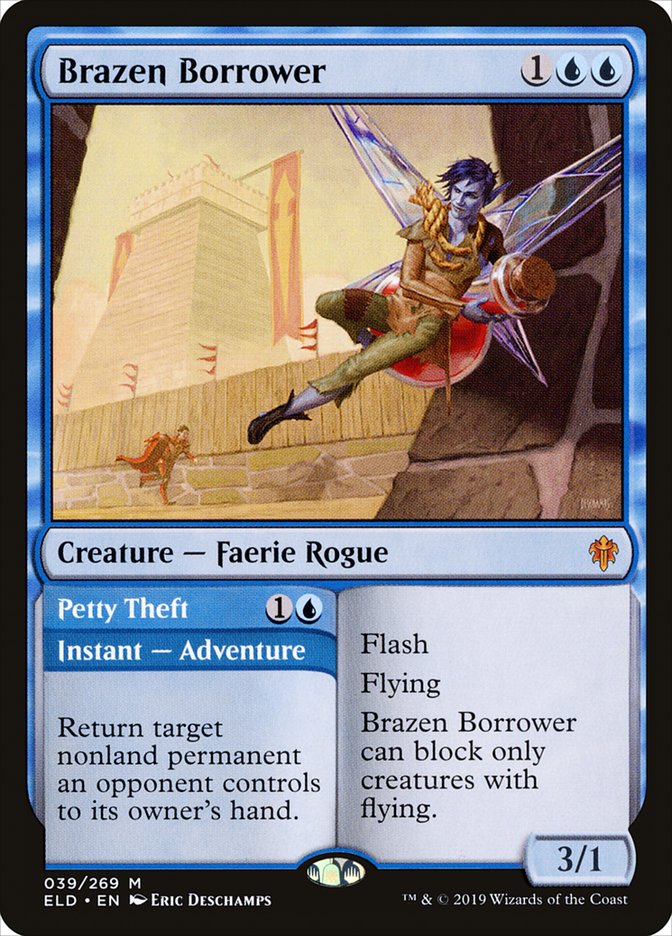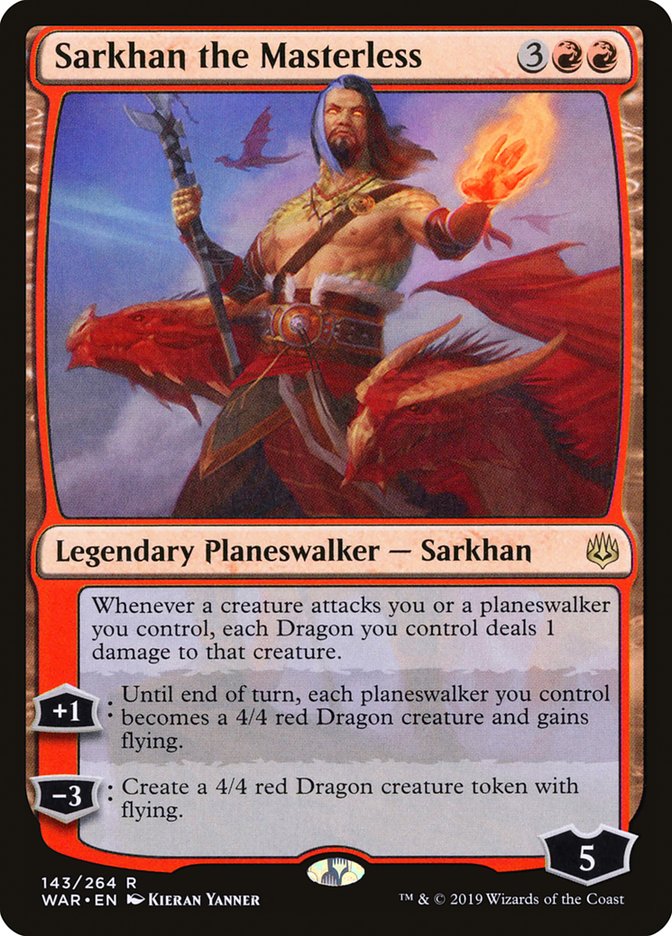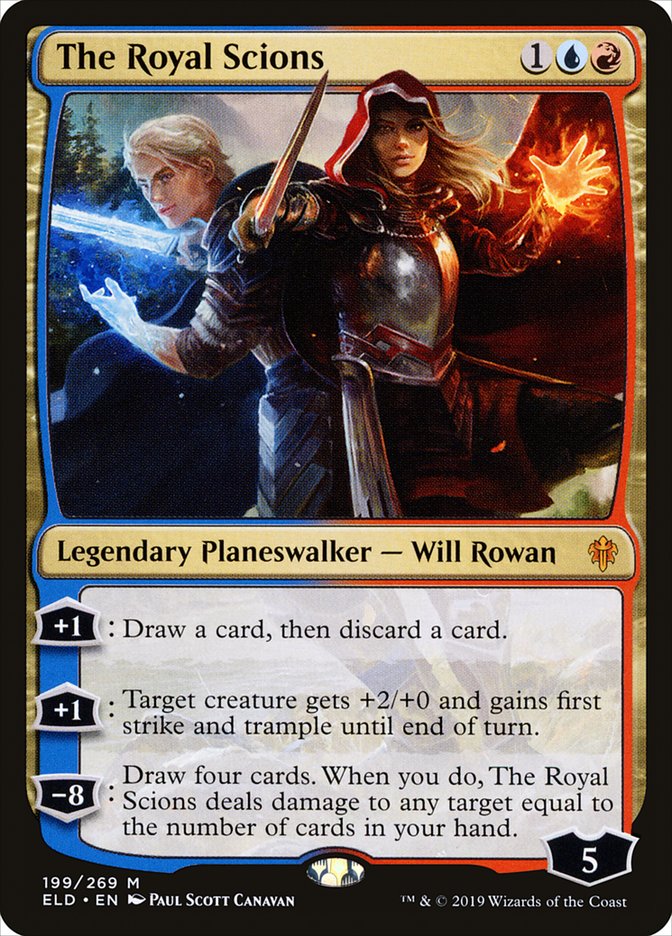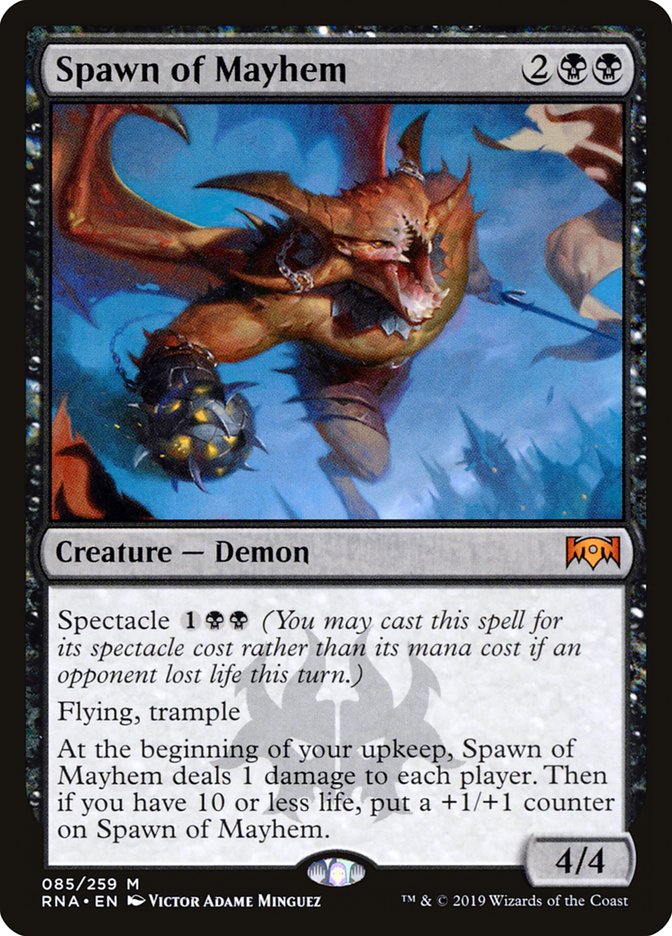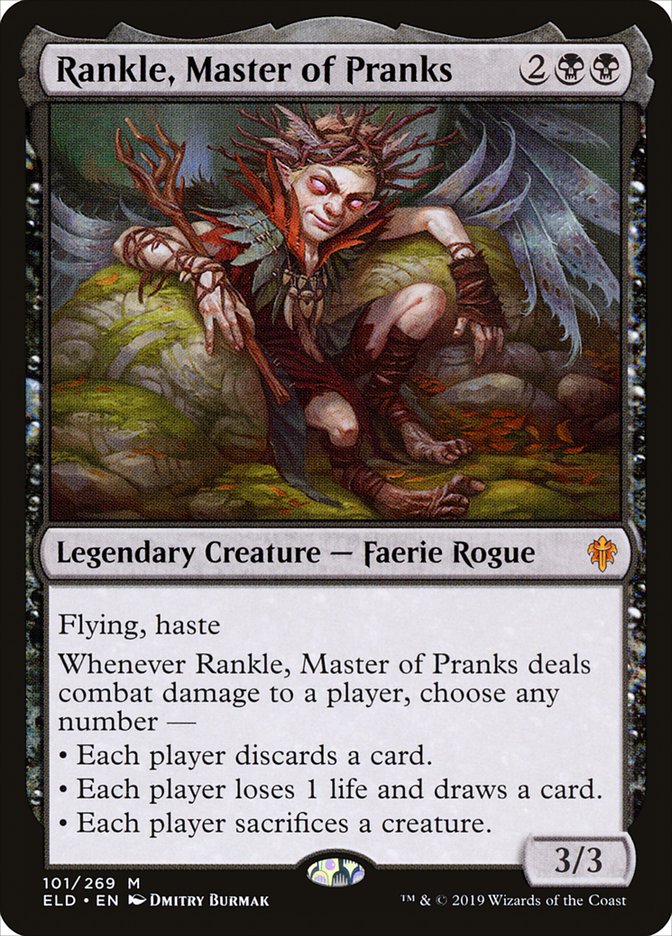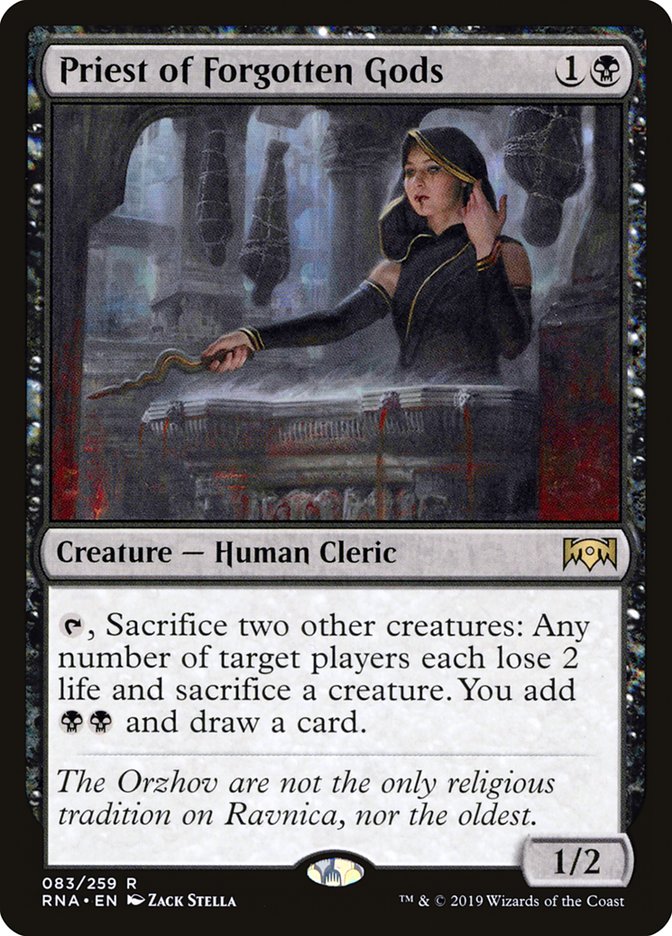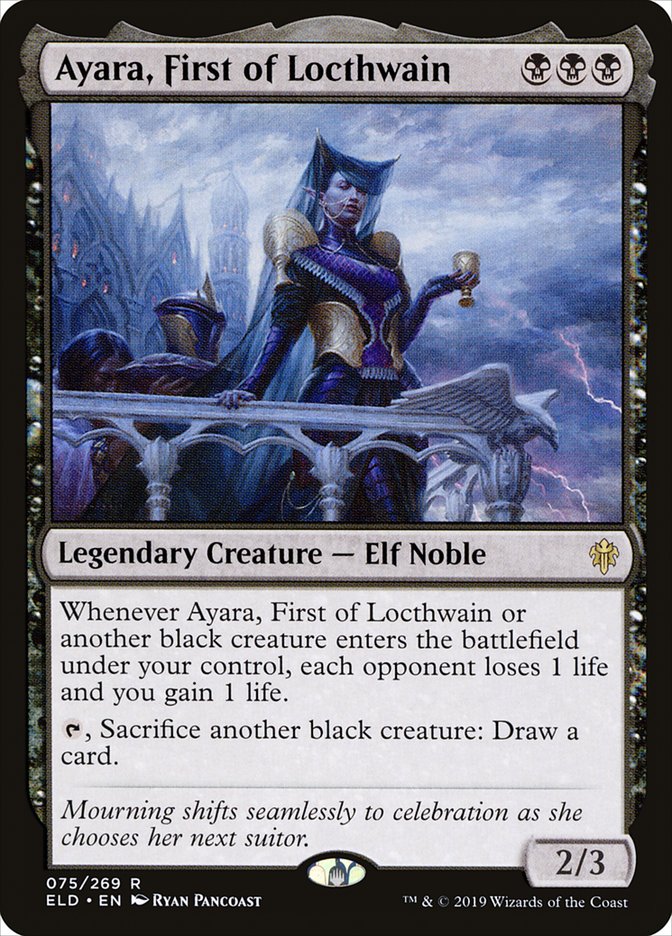If any of you are like me and were handed the mantle of the Standard seat in last weekend’s Team Constructed Open in Philadelphia, I imagine these words feel extremely familiar to you.
To say the first Standard event of the season was dominated by Golos variants almost feels like an understatement at this point. Seven of the Top 8 Standard decks were fueled by Field of the Dead, half of Day 2 showed up with a deck box full of Zombie tokens, and ultimately one stood above the rest, hoisting the trophy in the capable hands of Jonathan Rosum.
Creatures (18)
- 4 Hydroid Krasis
- 2 Arboreal Grazer
- 4 Golos, Tireless Pilgrim
- 3 Beanstalk Giant
- 1 Kenrith, the Returned King
- 3 Realm-Cloaked Giant
- 1 Fae of Wishes
Planeswalkers (3)
Lands (28)
Spells (11)

Most of the Golos decks on Day 2 looked extremely similar to this list, complete with the Fae of Wishes to Granted for Jace, Wielder of Mysteries enabling the late-late-late-game self-decking strategy. It almost feels unprecedented for a Week 1 Standard format to show such a resounding consensus of one deck being the most important to beat.
Playing the tournament, it almost felt as if every single Standard player was already in the “Just play Bant Company” mindset you don’t often see until a format’s dying days. Most of my opponents I spoke with seemed resigned to what they felt were grueling mirror matches of cluttered battlefields and never-ending attrition.
Some of them had even gone as far as to begin inbreeding their decks for advantages in the mirror, trying to get any edge they could to win the pre-sideboard games no matter the cost. When I played against Jonathan Rosum in Round 11, Oko singlehandedly won him the first game of our match by grounding my Hydroid Krasis and narrowing down the axis on which I could fight him. Others showed me they had copies of Agent of Treachery in their starting 60 to try to gain an edge, certainly not something I expected for Week 1.
Most of them seemed to think they had no choice but to play Golos or lose, and that something needed to be banned for them to enjoy Throne of Eldraine Standard. Now, given the circumstances, they might have been right that a Golos deck was the best choice for the Open. Players have only had so much time with the cards in their hands, even on Magic Arena, and picking any one of the many Golos decks out there was extremely safe and smart to do.
However, I want to go on the record right now and say something that might be a little controversial, and even sound a little stupid given what we saw this weekend, but…
Golos Is Not That Good
All right, you caught me saying something a little out there, so let me start my immediate backpedal before you close the tab and think I’ve lost the plot. Maybe what I should say is closer to “Golos is not some unbeatable, unattackable strategy that will by default be the only playable deck in every Standard tournament for the rest of Throne of Eldraine.” But that doesn’t quite have the same impact or showmanship you might have come to expect from me, now does it?
So what makes me so confident that the jury is still out on these Golos decks? Well, a couple of things.
The first is that a part of me wonders what Standard would have looked like without events like Fandom Legends to shape the early metagame. The flow of information even in the dawning moments of a format is so much faster than it ever has been before.
It’s hard for me to imagine a world previously where, less than 48 hours from the time any new set hit the shelves, I would be playing 50% mirror matches and hearing talk of bans before anyone even had a trophy. It’s even harder for me to imagine an archetype like Golos being refined to the extent it has been at such a rapid pace at any other time in Magic. I could probably write an entire article about the way the information landscape of Magic has changed recently, but considering that isn’t what this one is about, I’ll just move on to my second, simpler reason.
I’ve played hours of matches with Golos variants, I’ve lost matches, and even in the matches I won I could see the inherent weaknesses of the deck. With something to consider a stock list out there for people to gun for, I don’t see it being a cakewalk for Golos much longer.
If we’re going to pick Golos apart over the coming weeks, we must start from an understanding of what we can and cannot do to beat them.
When you look at the things that make a good Week 1 deck, it’s usually some combination of strong mana, high power level, and linear simplicity. Golos had all of that in droves coming into the weekend, but it was especially good at doing a few specific things.
Most obviously, this starts with Field of the Dead being the most powerful inevitability card in the format. Once you have an active Field, there is no draw in your deck that is worse than creating a Zombie for each Field you control, meaning that making headway on the ground beyond that point is an extremely uphill battle. Short of the combination of Oko and Nissa, no fair midrange deck can really apply meaningful pressure through Field of the Dead as the game starts to go late.
This creates the same kind of Mono-Red dynamic early in the format, except it’s asking if anyone can get under them rather than asking if anyone can stop them. If not, they’re going to eventually cast a Hydroid Krasis so big that you can never come back as they put away the game with Kenrith, the Returned King and Beanstalk Giant.
So, if that’s what they’re doing to win, the next question should be, what are they doing to interact?
Over the weekend, the mentality of putting the onus on the opponent to beat the powerful things going on was out in full force across the Golos decks. Pillars of the format like Teferi were alongside newcomers such as Realm-Cloaked Giant backed up by Once Upon a Time and Oko to see who came ready to fight through it all.
When you boil it all down, though, the only way the deck has to interact with an opponent is to cast one of a couple of sweepers and to make piles of Zombies, both of which are exploitable if we try.
Creatures (24)
Planeswalkers (7)
Lands (25)
Spells (4)
Sideboard

Matt Nass was the sole champion of an archetype other than Golos to make the Top 8 last weekend and I think that had a lot to do with the threats he chose to play in his deck.
By the Friday night before the tournament, Questing Beast was already a known plan for the midrange decks to try to get under the Golos decks, but Brazen Borrower takes things to an entirely different level.
For the many players who were not playing Oko in their Golos decks, Questing Beast was a nuisance to say the least, and complemented the plan for the matchup of never easing up on pressuring the opponent with Nissa and Oko. Like I said before, the only ways most Golos lists had to fight against this plan was to use a sweeper and use Zombies to block everything else, which proved effective even if a little inconsistent.
Brazen Borrower attacked that plan twofold. Petty Theft could be used in combination with Oko to steal Golos at no cost and continue attacking with Questing Beast, and being a flash threat that can’t be blocked by a Zombie from Field of the Dead made it an extremely dangerous addition to the deck. In addition, Agent of Treachery can be a huge swing in the favor of Golos when it’s able to take something like Oko, Nissa, or a Hydroid Krasis, but being able to undo that at next to no cost is just as large a swing.
Creatures (4)
Planeswalkers (12)
Lands (27)
Spells (17)

Speaking of flying creatures and big swings, one of the scariest things for the Golos decks to stare down is a Sarkhan the Masterless.
Before Kenrith, the Returned King started showing up in the Golos decks, Jeskai Fires was one of my lead contenders to attack a room full of what I thought would be aggro decks and Golos. A huge part of this was that an uncontested Sarkhan along with another planeswalker was something I simply could never fathom beating as Golos.
Without any real clean answers to planeswalkers protected by Deafening Clarion, Sarkhan can easily present a two-turn or three-turn clock that Golos can’t meaningfully interact with. Compounded with the plan of using Fires of Invention and Fae of Wishes to find Casualties of War and nip Golos in the bud, Jeskai was extremely dangerous.
Oddly enough, the biggest thing holding Jeskai Fires back from being the answer to Golos it needs to be is the namesake card Fires of Invention itself. A lot of the things that can go wrong in the Golos matchup for Jeskai that can’t be reconciled with speed alone in the sideboard games. Rather, the inability to have countermagic for opposing copies of Agent of Treachery, Golos, and Circuitous Route can feel like a large hindrance most of the time.
One of the cards I think could help bridge the gap towards a build of Jeskai that can afford to operate without Fires of Invention and handle the diverse stresses the deck can face against Golos is The Royal Scions. While the card may have had a bit of a bust Week 1 performance, I think it still has room to find its home as we move forward in the format. Clearing out extra copies of Fires of Invention, making countermagic less punishing to sideboard in against decks with Teferi, complementing the Legion Warboss sideboard plan against Golos, and potentially being a Hidetsugu’s Second Rite are all really exciting applications in a world dominated by Field of the Dead.
Of course, rather than get fancy with all these planeswalkers, you could also just try to get under Golos the old-fashioned way, with cheap creatures and forms of reach.
Mono-Black Aggro has silently been one of the top-performing decks on Magic Online over the last week, with Gul_Dukat earning three or four trophies in the Standard Leagues with the above list.
You might be wondering what makes Mono-Black better than something like Mono-Red, but when you look at the pure strength of the cards, it’s hard to argue that there’s a better nineteen-basic-land deck out there.
Mono-Black has a strong Plan A of efficient one-drop creatures curving into big, hard-hitting, evasive curve topping threats. Like we said before, Golos doesn’t really have access to much spot removal in the pre-sideboard games, so having any single must-answer threat is good enough to force a sweeper to happen. That, in turn enables the second part of the deck to shine.
Behind the front of aggression, this Mono-Black Aggro deck has is the capability to bleed its opponents dry if its initial effort is thwarted. This death by a thousand cuts is fueled by the recursive nature of Gutterbones and Order of Midnight, plus the card draw engines of Ayara, Midnight Reaper, Castle Locthwain, and Priest of Forgotten Gods.
This combined effort by the pieces of the Mono-Black deck is extremely effective at punishing the difficulty that Golos has in turning the corner when it doesn’t find its one copy of Kenrith to speed things up.
Looking at the other aggro decks to find success this weekend, both Aaron Barich Classic-winning Selesnya Adventures list and the various Golgari Adventures decklists both took the idea of how to get over and under Golos to heart. Despite their success, I won’t go in-depth on them in this article because I think Mono-Black does a good job of showcasing the ideas behind attacking Golos most clearly and concisely.
Really, the success of aggro as a response to Golos makes sense intuitively. If one player wants to make the game as long as possible, the best way to stop them is to try to make it as short as possible. Even if that might seem like an impossible task initially because of the way the format looks to be, looking at the Standard Classic paints a picture that maybe we should be more hopeful than to think the sky is falling after our first week of a format.
Who knows, maybe in a couple months I’ll look silly for having ever doubted that Golos was too good, but I’d much rather try to come out on top of it than be left behind by those that do. Let’s at least see a Mythic Championship before we grab the torches and pitchforks. There’s plenty left to be discovered.


